Beetroot, also known as beets, is a root vegetable that belongs to the Chenopodiaceae family. The beetroot plant is grown for its bulbous root, which can be eaten raw or cooked, and its leaves, which are also edible and commonly used in salads and other dishes.
Beetroot is a rich source of vitamins and minerals, including vitamin C, folate, iron, and potassium. It also contains antioxidants and dietary fiber, making it a nutritious addition to a healthy diet. Beetroot is commonly used in various cuisines, including salads, soups, stews, and pickles, and its juice is also a popular beverage. It is also used as a natural food coloring agent and has been associated with several potential health benefits, including improved digestion, lower blood pressure, and enhanced athletic performance.
Table of Contents
Key Nutritional Benefits of Beetroot:
Beetroot is a highly nutritious vegetable that offers several key health benefits. Here are some of the key nutritional benefits of beetroot:
- High in dietary fiber: Beetroot is a good source of dietary fiber, which can help promote healthy digestion and reduce the risk of constipation.
- Rich in vitamins and minerals: Beetroot is a good source of vitamins and minerals, including vitamin C, folate, iron, and potassium. These nutrients are essential for various functions in the body, such as immune function, energy production, and healthy blood flow.
- Low in calories: Beetroot is low in calories and can be a good option for those trying to maintain a healthy weight or follow a low-calorie diet.
- High in antioxidants: Beetroot is high in antioxidants, including betanin and betacyanin, which can help protect against cellular damage and reduce the risk of chronic diseases.
- Helps lower blood pressure: Beetroot is rich in nitrates, which can help dilate blood vessels and improve blood flow, potentially leading to a reduction in blood pressure.
- Enhances athletic performance: Beetroot juice has been shown to enhance athletic performance by increasing endurance and reducing the oxygen cost of exercise.
Overall, beetroot is a highly nutritious vegetable that offers several potential health benefits. It can be incorporated into a variety of dishes, including salads, soups, stews, and smoothies, to add flavor, color, and nutrition.
Simple Ways to Prepare and Enjoy Beetroot:
Here are some simple ways to prepare and enjoy beetroot:
- Roasted beetroot: Preheat the oven to 400°F (200°C), wrap the beetroot in aluminum foil, and roast for about 45-60 minutes or until tender. Once cooled, remove the skin and slice or dice the beetroot and serve as a side dish or add to salads.
- Beetroot salad: Combine sliced or diced beetroot with other vegetables, such as carrots, cucumbers, and avocado, and dress with a vinaigrette or yogurt-based dressing for a healthy and refreshing salad.
- Beetroot smoothie: Blend cooked beetroot with other fruits and vegetables, such as banana, apple, and spinach, and add a liquid of your choice, such as water or almond milk, for a delicious and nutritious smoothie.
- Pickled beetroot: Boil sliced or diced beetroot in vinegar, sugar, and water and let it cool in the liquid. Once cooled, store the pickled beetroot in a jar and enjoy as a snack or as an addition to sandwiches and salads.
- Beetroot chips: Slice beetroot thinly, brush with olive oil, and bake in the oven at 375°F (190°C) for about 20-25 minutes or until crispy. Serve as a healthy and crunchy snack.
- Beetroot hummus: Blend cooked beetroot with chickpeas, tahini, garlic, lemon juice, and olive oil to make a colorful and flavorful dip or spread.
These are just a few simple ways to prepare and enjoy beetroot. Experiment with different recipes and cooking methods to find the ones that work best for you.
Interesting Facts About Beetroot:
Here are some interesting facts about beetroot:
- Beetroot was first cultivated by the ancient Romans, who used it for medicinal purposes.
- Beetroot was originally white or yellow in color, but over time, it was selectively bred to be red.
- The red pigment in beetroot is called betacyanin, which can also be used as a natural food coloring agent.
- Beetroot is used as a natural remedy for several conditions, including high blood pressure, anemia, and digestive problems.
- Beetroot juice is a popular natural remedy for improving athletic performance, as it has been shown to reduce the oxygen cost of exercise and increase endurance.
- Beetroot can be used as a natural dye for clothing and textiles, as well as for coloring eggs during Easter.
- In some cultures, beetroot is considered an aphrodisiac.
- The leaves of the beetroot plant are also edible and can be used in salads or cooked like spinach.
- Beetroot is a good source of antioxidants, which can help protect against cellular damage and reduce the risk of chronic diseases.
- The largest beetroot ever recorded weighed over 71 pounds and was grown by a farmer in the United States.
These are just a few interesting facts about beetroot. Its history, culinary uses, and potential health benefits make it a fascinating and versatile vegetable.
How to Store, Freeze and Preserve Beetroot:
Here are some tips on how to store, freeze, and preserve beetroot for later use:
- Storage: If you're not planning to use your beetroot right away, store it in a cool, dry place, such as a pantry or cellar. Beetroot can last up to several weeks when stored in a cool and dry environment.
- Refrigeration: If you prefer to store beetroot in the fridge, cut off the leaves (if still attached) and store the beetroot in a plastic bag in the vegetable drawer. Beetroot can last up to 1-2 weeks in the fridge.
- Freezing: To freeze beetroot, cook or roast the beetroot, let it cool, and slice or dice it. Place the beetroot in an airtight container or freezer bag and store it in the freezer for up to 8-10 months.
- Pickling: Beetroot can also be pickled to extend its shelf life. Cut the beetroot into thin slices or small cubes, and cook in a mixture of vinegar, sugar, and water with spices of your choice. Once cooked, let it cool and transfer to sterilized jars, and store in the fridge for up to several months.
- Dehydrating: Beetroot can be dehydrated by slicing it thinly and placing it in a dehydrator or in the oven on low heat until crispy. The dehydrated beetroot can be stored in an airtight container in a cool, dry place for several months.
By using these methods, you can store, freeze, and preserve beetroot for later use and enjoy this nutritious vegetable all year round.

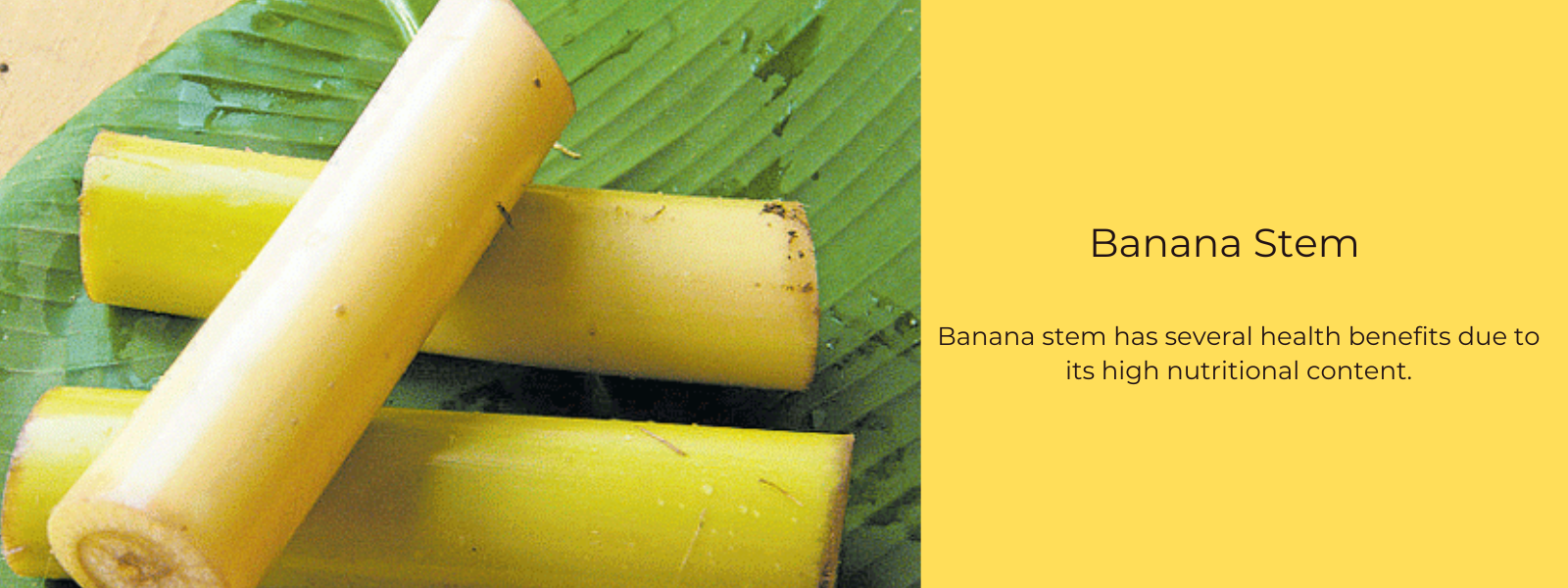
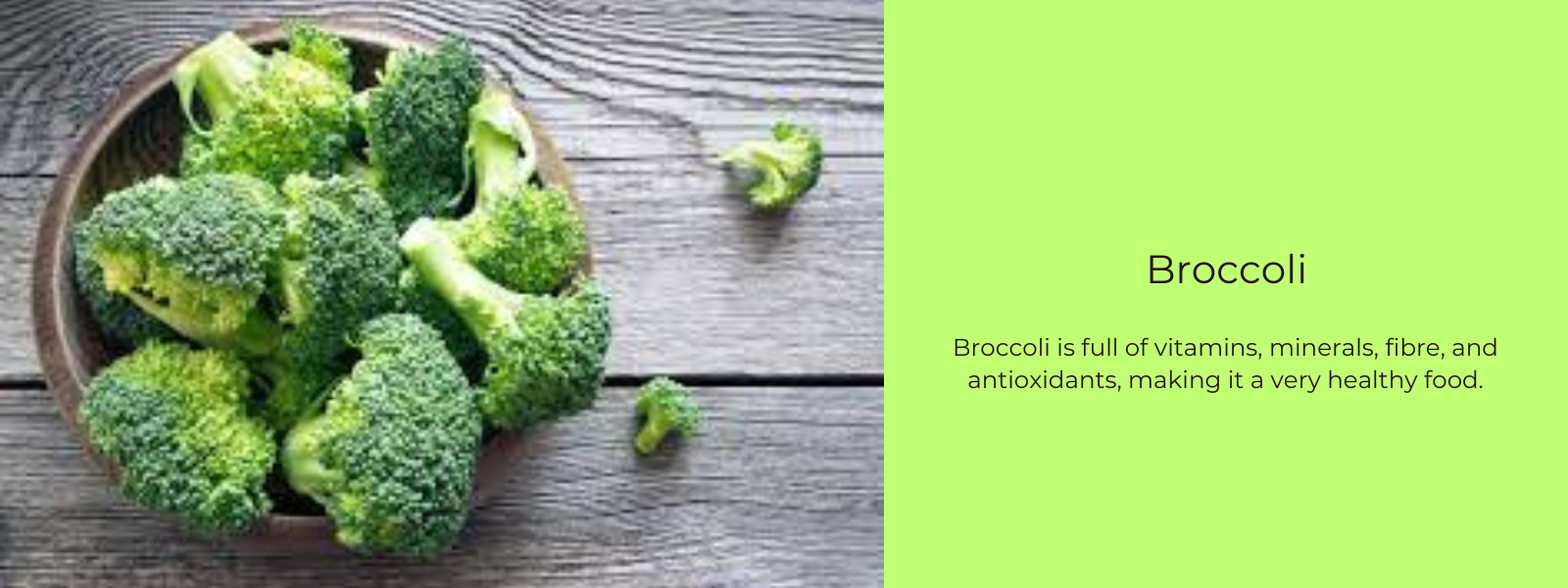
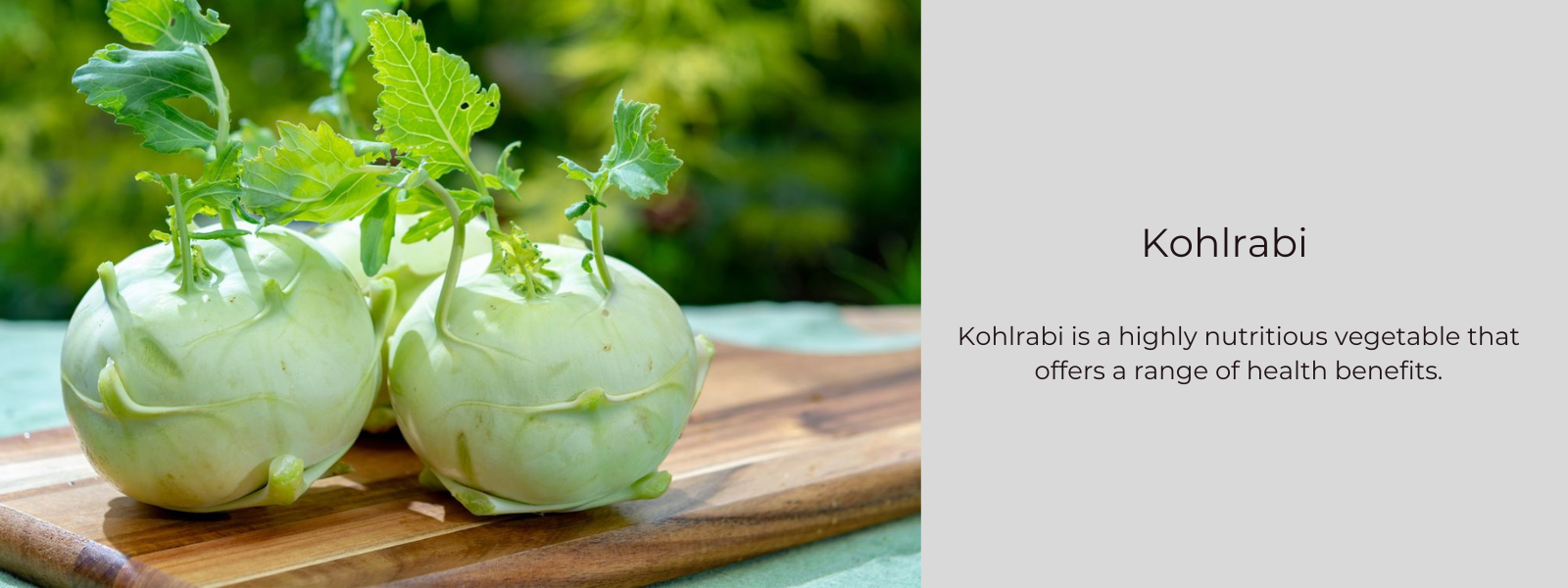
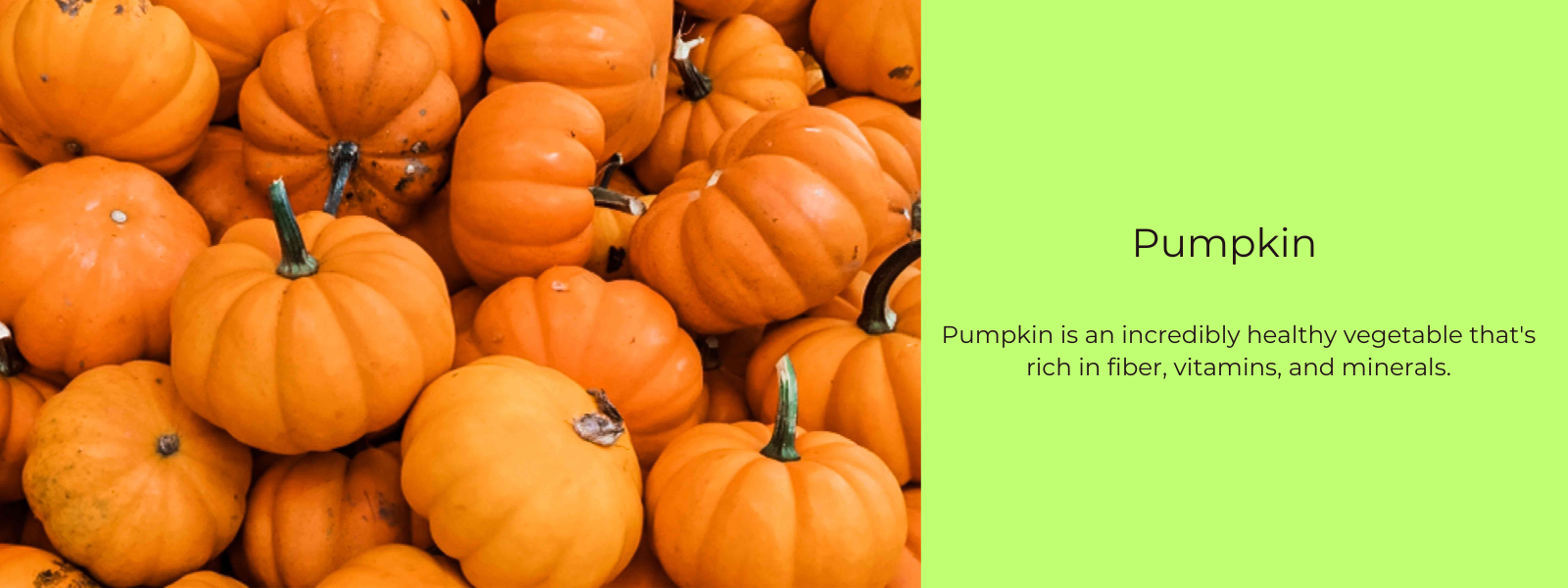
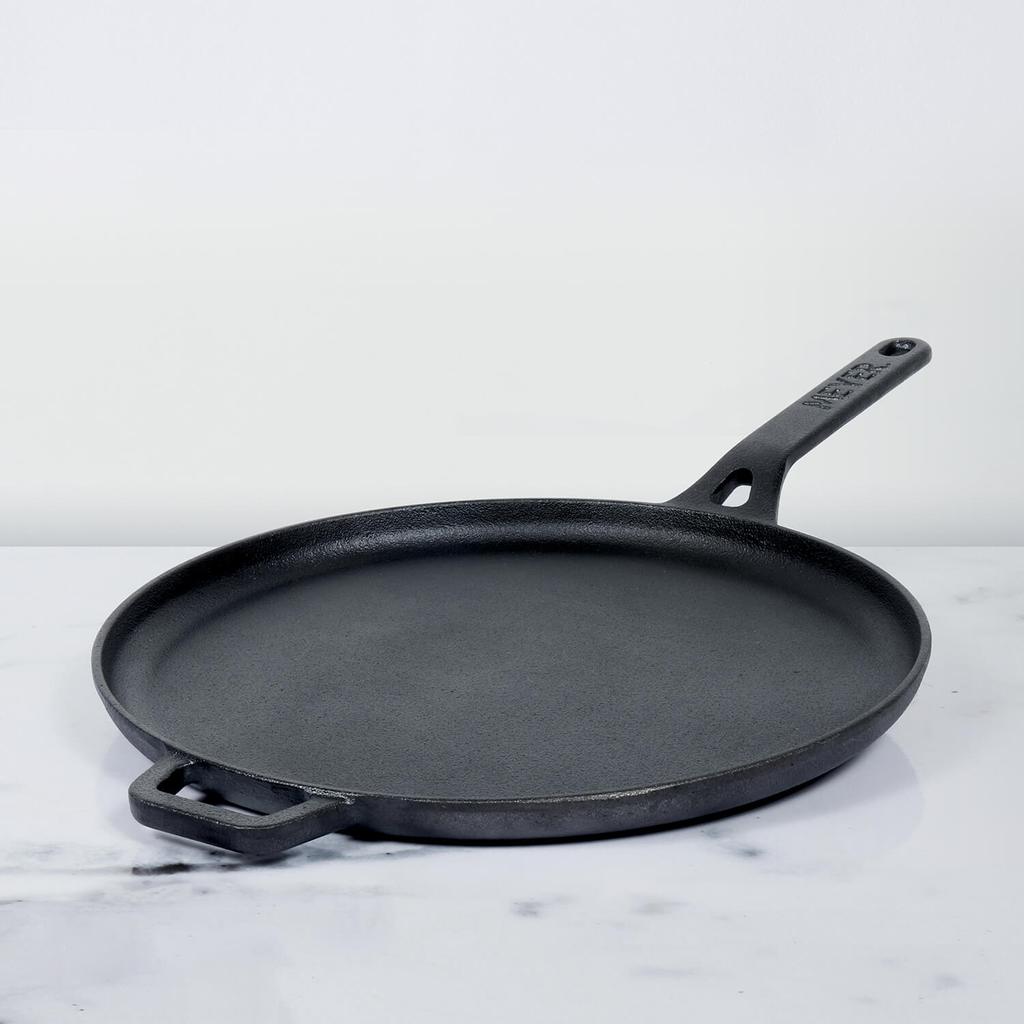
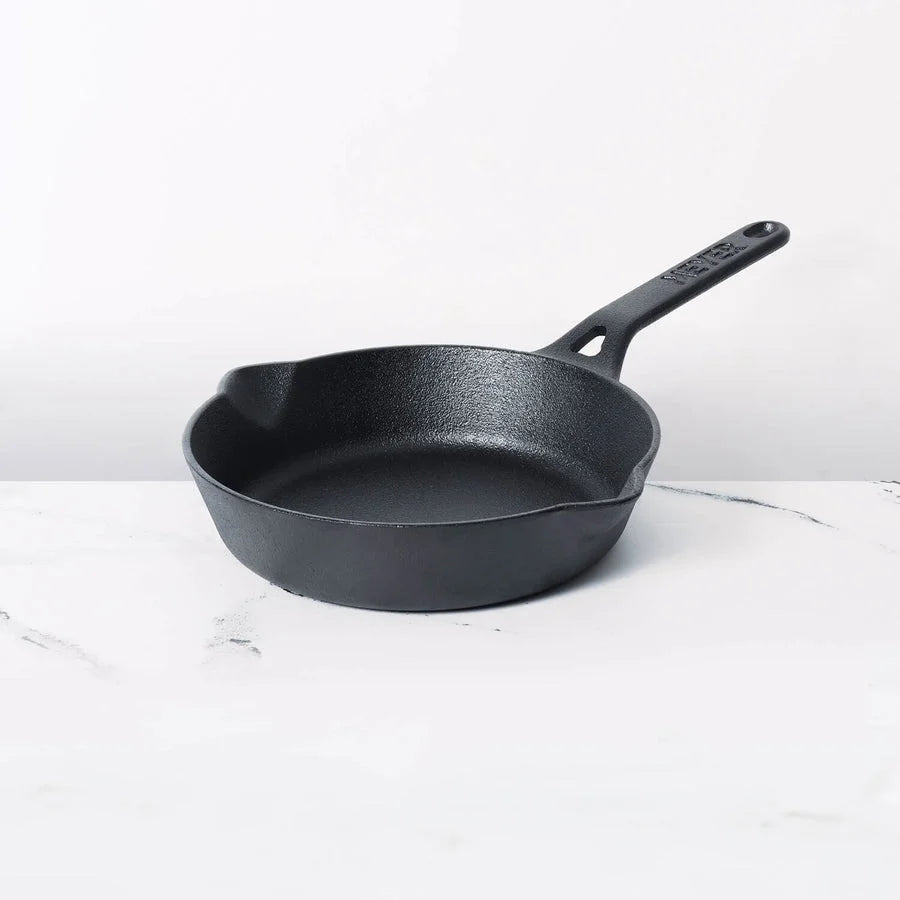




Leave a comment